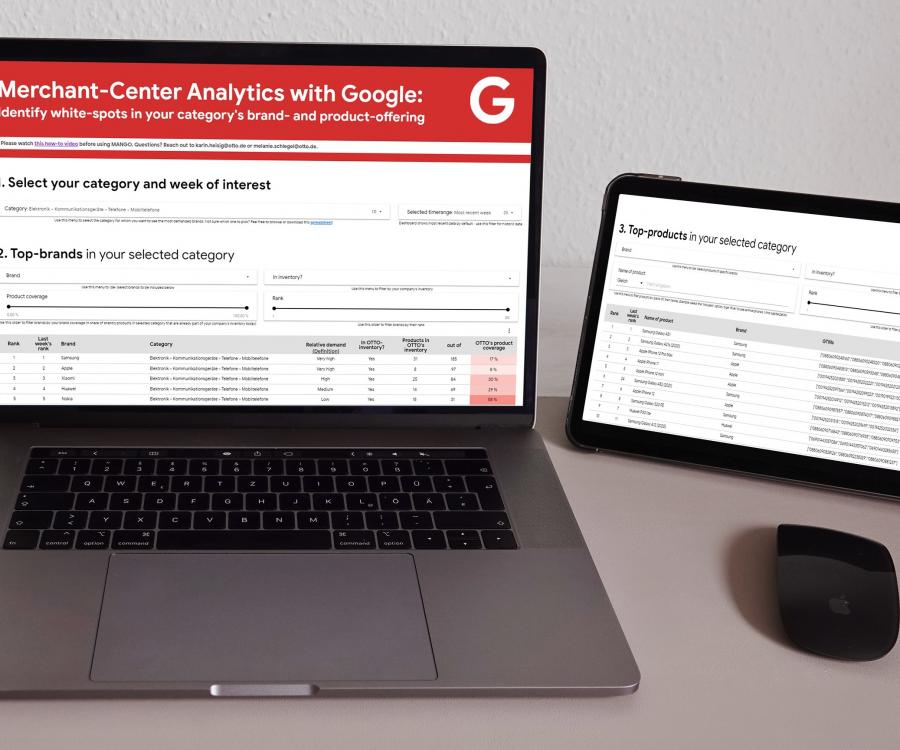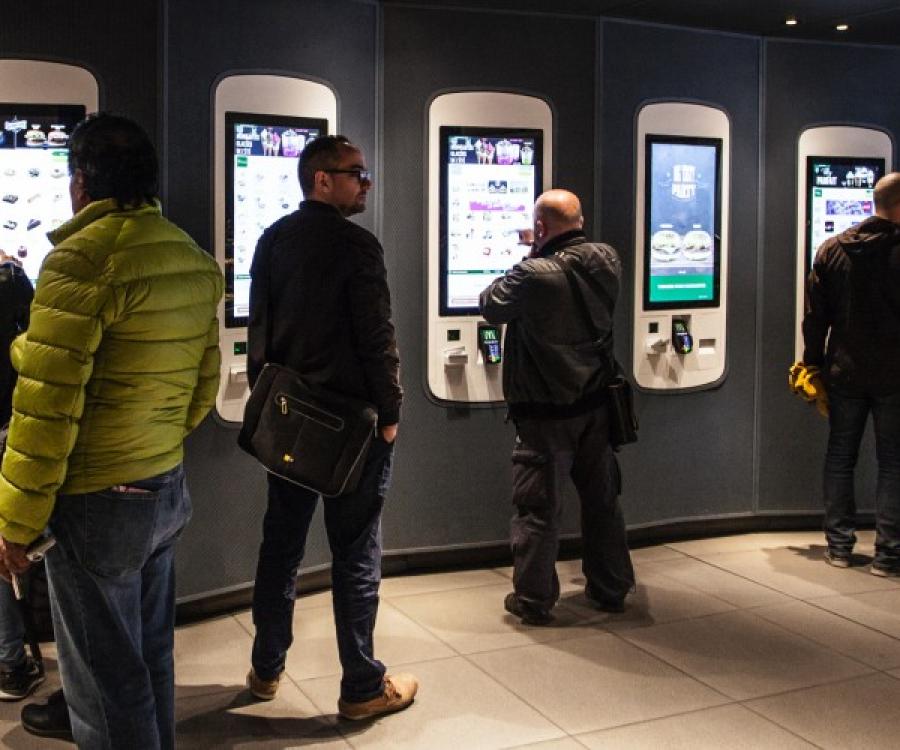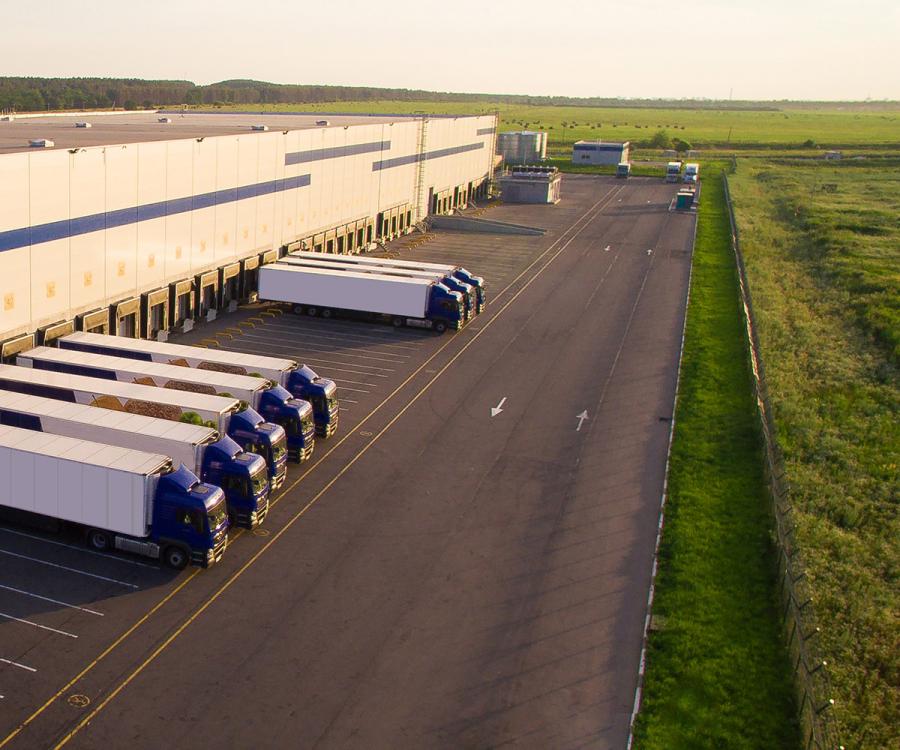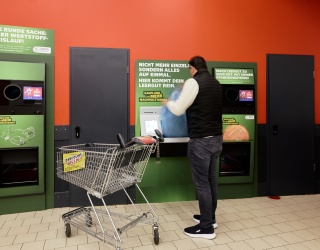Competitive and price pressures are steadily increasing. Technologies that automate processes can help companies remain profitable. Here are a few examples.
Retailers are facing unprecedented margin pressures in the current times. Increased raw material costs, lockdowns, supply-chain disruptions, rising employee costs, and hyper-competition from ecommerce businesses are major pressure points affecting retail margins adversely.
Retailers have three ways to protect their profit margins: pass the increased costs to consumers, negotiate hard with suppliers, or reduce operating costs. While the first two aren't in retailers' full control and may have adverse consequences, reducing operating expenses is something that retailers can manage with strategic efforts. Another way to compensate for reduced margins is to capitalize on the economy of scale by selling more products with the same operating expenses.
However, retailers cannot achieve the required feat with outdated methods and manual processes. This is where automation can help by bringing healthy changes in the way retailers operate and reduce operational expenses significantly.
Major areas where automation can bolster retail’s margins
Retail technology has made tremendous progress over the past few years with the adoption of automation. Retailers who can leverage such technologies and embrace innovation are the ones who will survive the future of retail.
Optimizing procurements for better margin realizations
When the pandemic struck the world, it brought an unprecedented financial crisis along with it. The focus of consumers shifted towards 'value shopping' of essential products. Consumers engaged themselves in more research of the brands and products before initiating a purchase. Obviously, when the consumer is looking for less expensive high-value products, the retail margins are affected. To cater to the new consumer requirements, retailers need to find new liaisons with low-cost distributors, new brands that offer quality products at lower prices and also lower their own operating expenses to counter margin pressures. Automation of procurement activities assists retailers in purchasing the best-priced goods from the list of distributors.
Modern retail management applications have a mechanism for automated tracking of pricing fluctuations, price drop alerts, capabilities to monitor multiple distributors (even overseas ones), and initiate automated orders for the best deal. Optimal procurement leads to better margin realization during sales and also provides retailers the leverage of providing more discounted rates to value shoppers.
Combating the online shopping trends
The number of customers who shifted to online buying due to lockdowns, movement restrictions, etc., is significant, and they may still continue to buy online. Retailers with brick-and-mortar shops will have to do some real work for bringing the online consumers back to retail stores. Retailers can do it in two ways:
- Change the retail store experience:
McKinsey’s research notes the demand for contactless shopping surged due to the pandemic and is forecasted to keep growing as it saves time and feels safe for the customer. Automated self-checkout terminals and product scanners allow contactless shopping. Retailers can save employee time, reduce wait lines, and carry more sales in less time with such systems to achieve incremental margins.
- Become an omnichannel store:
Blending physical stores with the online platform to create an omnichannel retail strategy is the best way to engage both types of customers, those preferring digital and those who prefer face-to-face store experiences. Also, omnichannel retail stores are better positioned to supplement physical experience with digital engagement. While a majority of online workflows, such as order management, fulfillment, inventory management, etc. can be automated, the online venture will not cause any hurdle in handling the physical store in parallel.
Automating product assortments for catching up seasonal trends
Today automated solutions can deliver granular planning on product assortments. Retailers can automate the product assortment (merchandise mix) across the breadth (number of product lines), length (number of products in the product line), and depth (versions of the products). With today’s retail stores operating with thousands of products, manual assortment can be overwhelming, time-consuming, costly, and erroneous. The accurate and optimal product assortment is critical for managing seasonal trends, keeping inventory levels accurate, and serving required products to customers. Assortment can be automated with modern tools to save time.

Complementing customer interactions with automated tools
Retailers need to balance automation and human touch. Not all customers may want to be greeted by AI devices. Human interaction is still the USP of retailers, and they should use automation only to lower the customer pain points and not the interaction part. Automation tools are like 24/7 assistants and help retailers in interacting with customers, operating business, and saving costs. Retailers can use video-conferencing technology for human interaction and automated chatbots to stay in touch with customers 24/7 and showcase products via virtual try-on. Retail management software solutions that come with intelligent AI-based automation can be a game-changer in the new normal for the retail industry.
Faster delivery with automated tracking
Retailers can expedite and streamline curbside delivery, drop shipping, in-store pickup, etc., to combat the one-day delivery concepts of major ecommerce giants. Customers that buy online from retailers can be notified with automatic messages and alerts about the product's delivery status. On the online platform, a customer can update the time for his scheduled arrival for in-store pickup.
Monitoring online performances with automated software apps
High-speed websites and optimized landing pages are critical for the interruption-free online shopping experience. Automated tools and software applications can monitor website performance, speed, and stability, and therefore, the retailers need not worry about online channels. Fast-loading websites have higher conversion rates and help retailers in selling more.
Automation is saving retailers time and money, but it doesn't work automatically
Almost every aspect of a retailer’s workflows can be automated or partially automated. The best thing about automation is that it can be easily applied to non-critical, redundant, and routine tasks. Automating workflows allows employees to focus on customer relations and requirements rather than spending days on back-office activities.
However, automation is a tricky business. You cannot attempt to automate all activities or inefficient processes. Retailers need to understand what can be automated and whatnot, what can be partially automated, and what can be fully automated. Most retailers who fail to adopt automation are those who have a poor understanding of how automation works.
Automating in-store operations, supply chains, and customer services with retail management applications can lead to increased margin realizations. Investing in automation should not be considered an avoidable expense. Strategic decisions must triumph over myopic gains. Retailers have to envision the potential benefits of automation in the retail sector and prepare themselves for the transition.
James Mordy is a senior content writer for GoodFirms. As an ardent reader, an avid researcher, and a tech geek, he loves to explore the world of new technologies and the latest innovations shaping the world and businesses.










